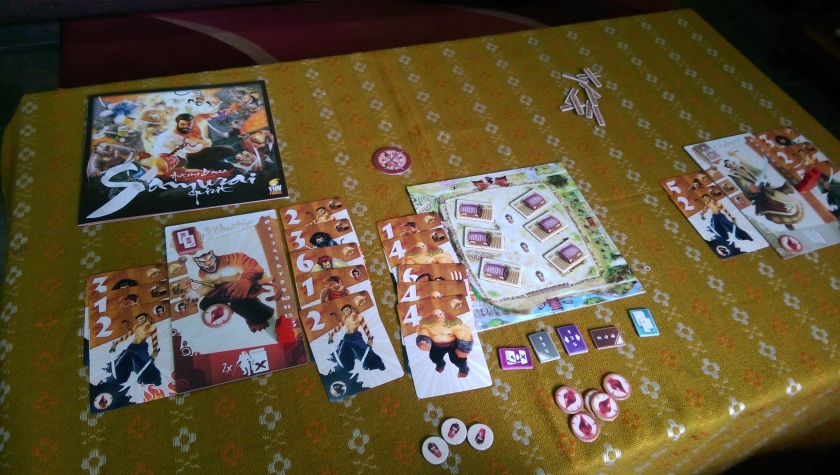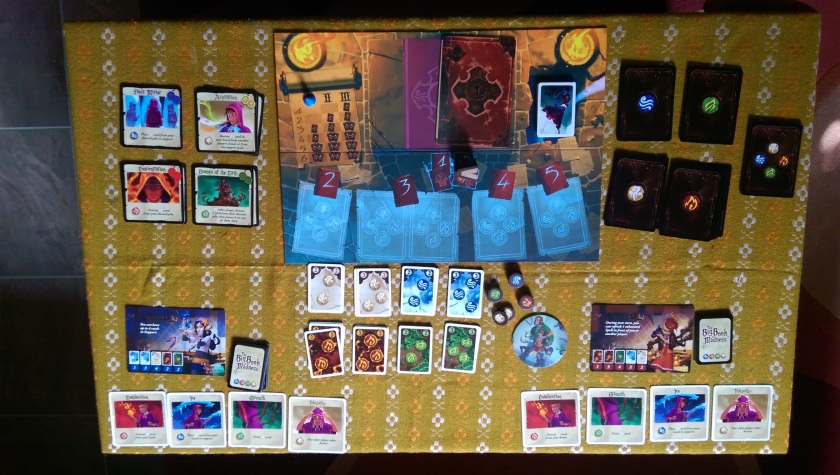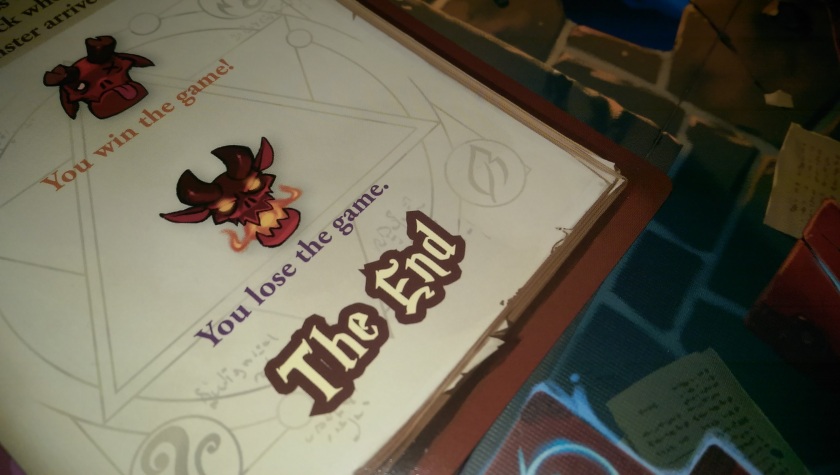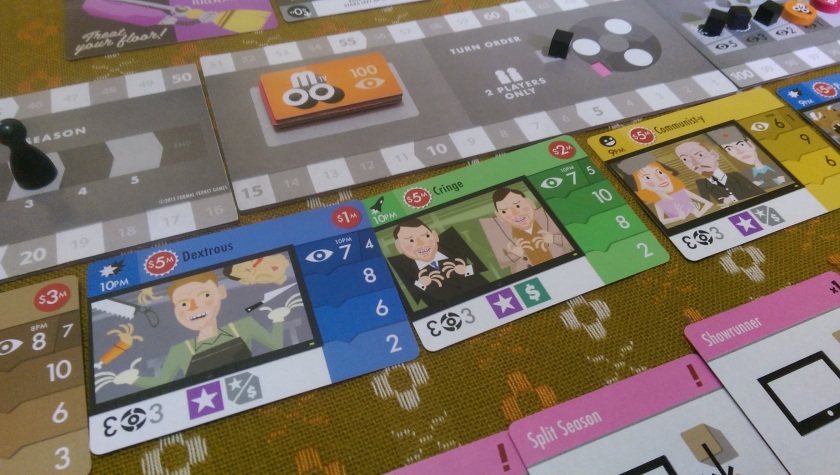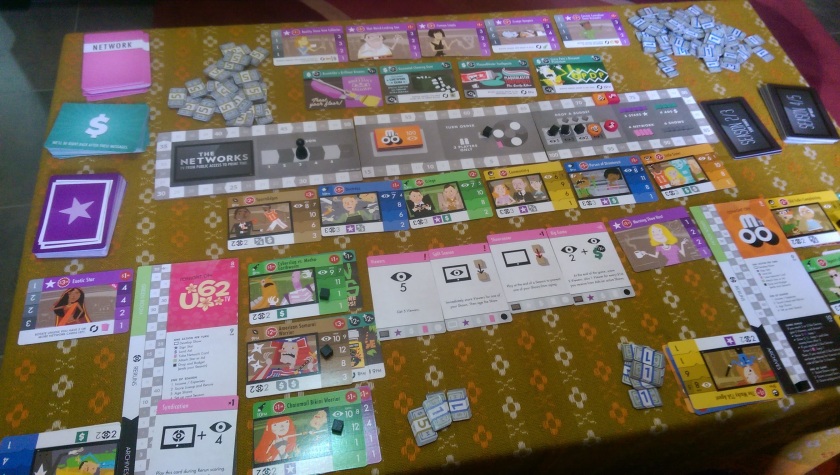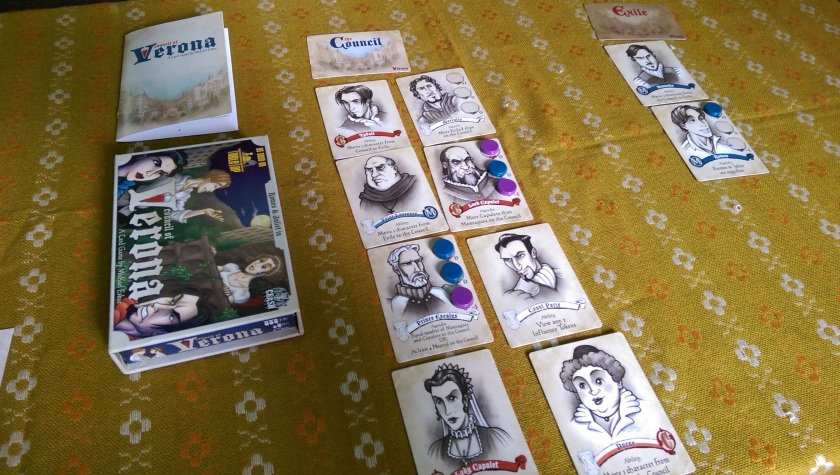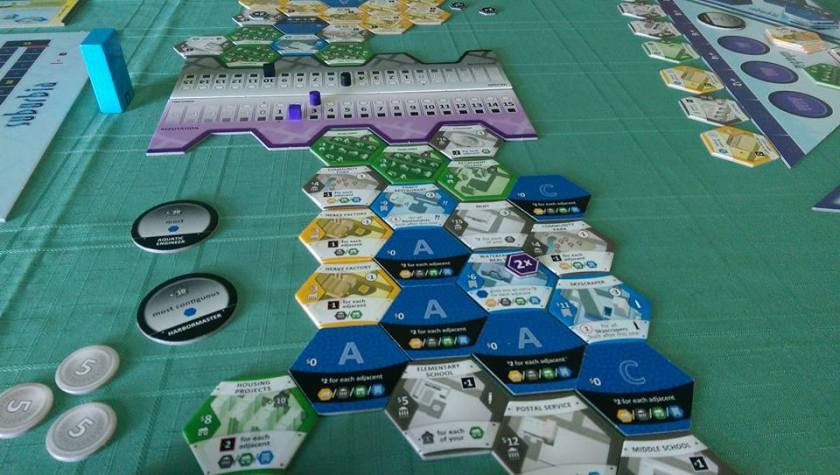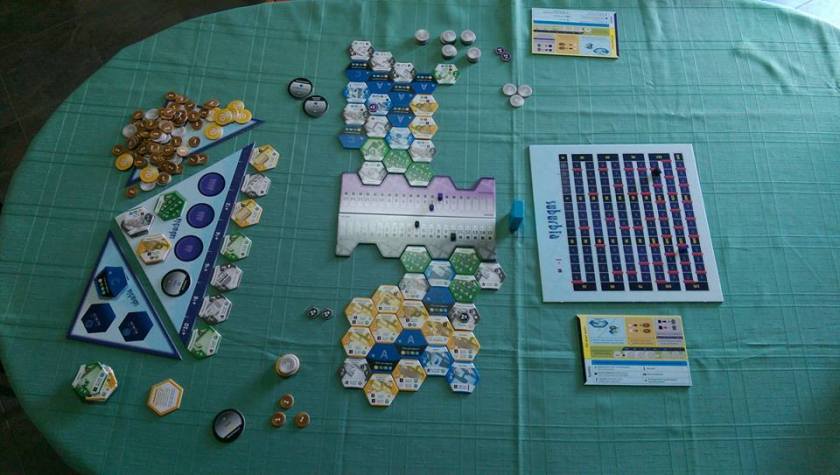Burger Up is a competitive 2-4 player game about building burgers of epic proportions, made and published by fellow Australians! Burger Up is a game of truly mouth-watering art, engaging pattern matching, and emergent humour in the ridiculous burgers you build.
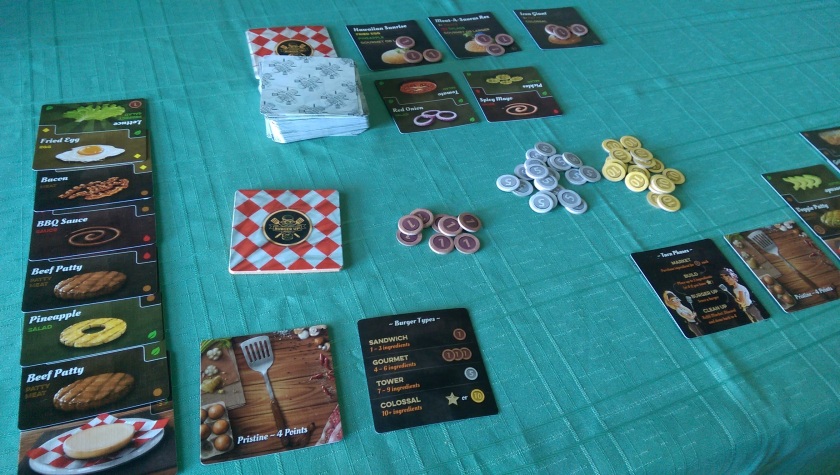
Customers place orders and you all race to complete the requested burgers. Orders will sometimes specify the burger size (minimum or maximum number of ingredients), some ingredients (or category of ingredients, like meat or sauces) that must be in the burger, and some that must not be in the burger. You start with four ingredient cards and two bottom buns to build on. Every round a burger top isn’t claimed, it’s worth another coin.
Fictionally, in the game world of Burger Up, I like to think that everyone is so desperate to get their burger order that the longer they wait the more they’re willing to pay to finally just get their bacon and egg roll, especially after seeing four people served before them. Also, there’s just one guy providing ingredients to the group of competing burger artists and that guy’s kind of a jerk. Sometimes he’ll just give you sauce, sauce and more sauce.
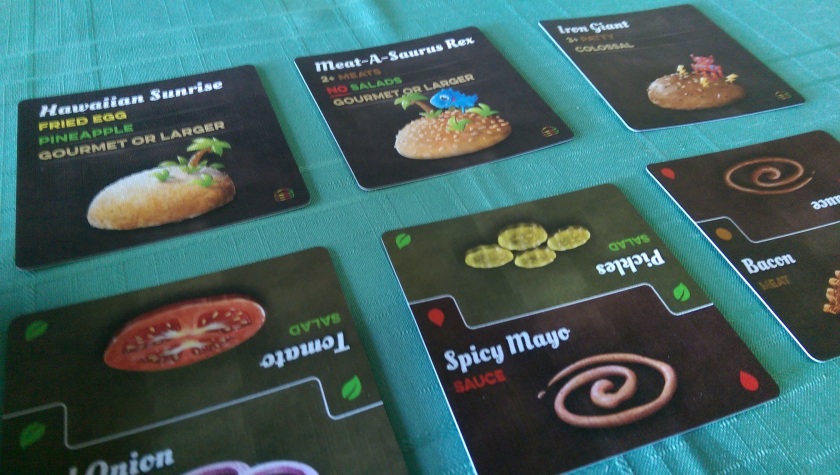

What’s great about customer orders, is you don’t have to uphold the spirit of the order, as long as you meet the letter of it.
You can add whatever you like as long as you meet the order’s criteria. This rule means you end up with monstrosities like this Mad Max burger, which only calls for three particular ingredients, but doesn’t say not to add to a whole stack of cheese.
Funny moments like this are common, especially in rounds where you have no ingredients that any of the current orders require, so you just stack up whatever you can in the hopes some useful ingredients will show up soon. “You know what this mustard could really use? Tomato sauce”.
Why would you add extra ingredients? Well, the heart of Burger Up is a pattern matching game. Each ingredient card has two ingredients on it, and can be flipped to act as either one before placing it.
But see the icons on the cards? Your next ingredient has to match. So, you might be looking to place some meat, but the only meat you have in your hand needs to be placed on top of a sauce card, so you buy a sauce card, but that may need to be put on cheese. And so on.

There are lots of different combinations of ingredients on the cards (some with the same ingredient type twice, letting you quickly make, say, a super salad burger)
Ingredient icons are also broad enough to allow some flexibility. The ‘meat’ icon is actually a patty icon, and veggie patties exist, so your salad burger’s not necessarily ruined just because you have that icon. And if all else fails, use a handy middle bun, which can be put on anything and have anything put on it. But it doesn’t count to the size of your burger.

Spatulas, which are worth 4 points at the end if you haven’t used them, add another sprinkling of strategy, as they let you discard an ingredient and everything on top of it, or move that stack of ingredients to another bun.
In play I’ve seen a new burger bun come out where another player’s towering burger already had all the required ingredients! Except they had a stack of meat on top. And the burger was a vegan burger. No worries! Spatula that meat stack onto another burger and you’re left with a perfectly serviceable vegan burger 😉
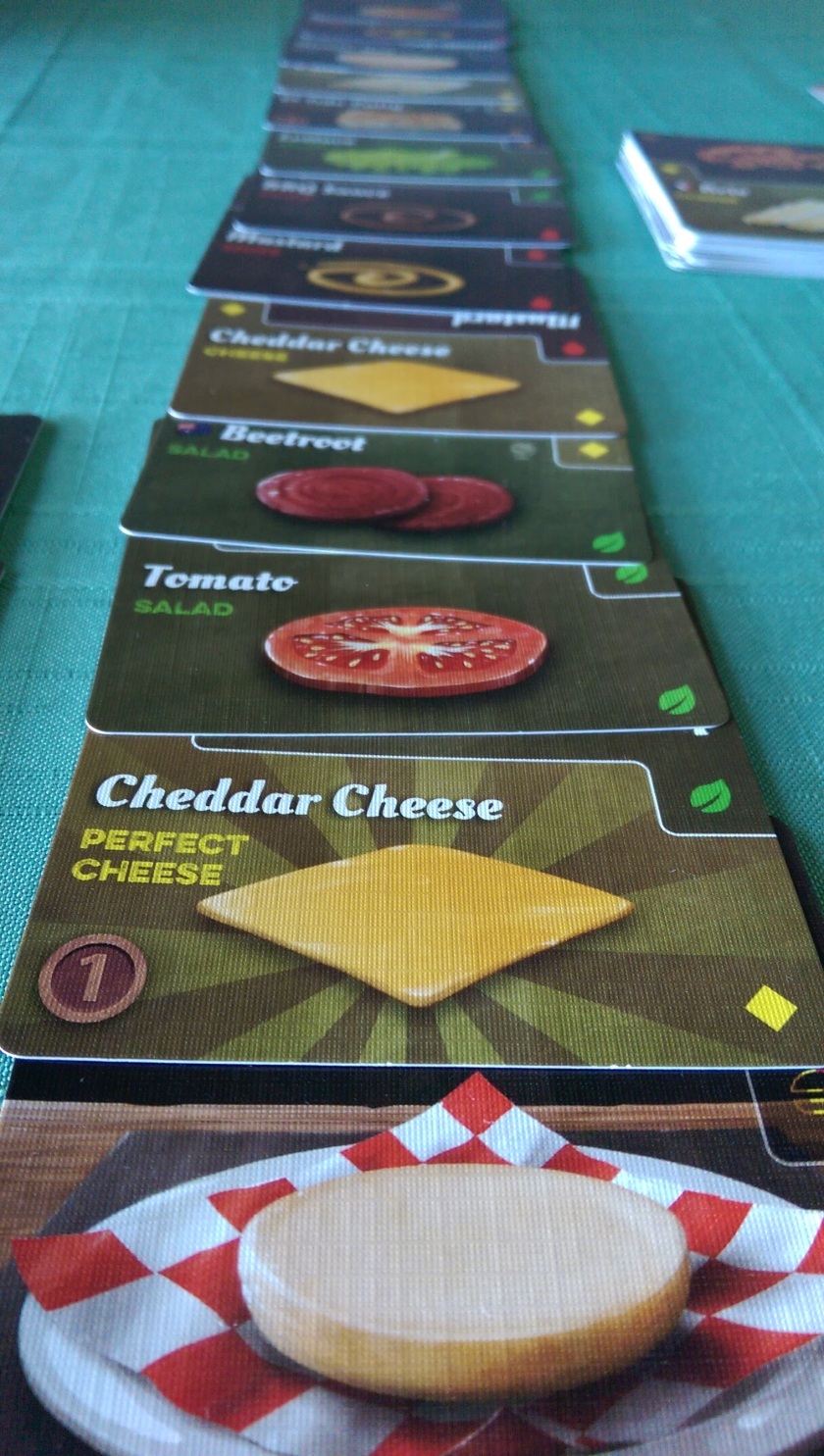
You’re encouraged to build bigger burgers, as they’re worth more when served up, but some burgers are specifically smaller sizes, so you have to keep your options open – or again use the handy spatula (you can use it twice, but that’s it).
When you build a colossal burger, you can forego the 10 coins you just earned to upgrade your restaurant, letting you place 4 ingredients a round, instead of 3 – it’s handy, but hard to tell how valuable or detrimental this option really is. We have usually had only one person take it, and they’ve trailed behind in score.
Burger Up is a fun time, with drool-worthy art, a fun pattern matching puzzle and player-generated humour through monstrous burgers you’ll be passing off as BLTs. Our main complaint is the the game has run a little longer than we’d like, sometimes. Solution? Just take out a few more top buns at the start to make this game fast food. Easy!
Or if you still haven’t had your fill there’s the Burgers of the World expansion with more top buns and ingredients like tofu patties, brie and beetroot. It doesn’t make the game longer – unless you want it to – but variety is the spice of life.
Had enough now and looking for a new flavour? How about Sushi Go, Hanabi, Between Two Cities or Galaxy Trucker? Along with an actual burger recipe, the Burger Up Game Recipe Book includes variants inspired by these great games. It even has rules for a solo mode and a 5-6 player version of Burger Up. A tempting buffet of gaming options indeed!





